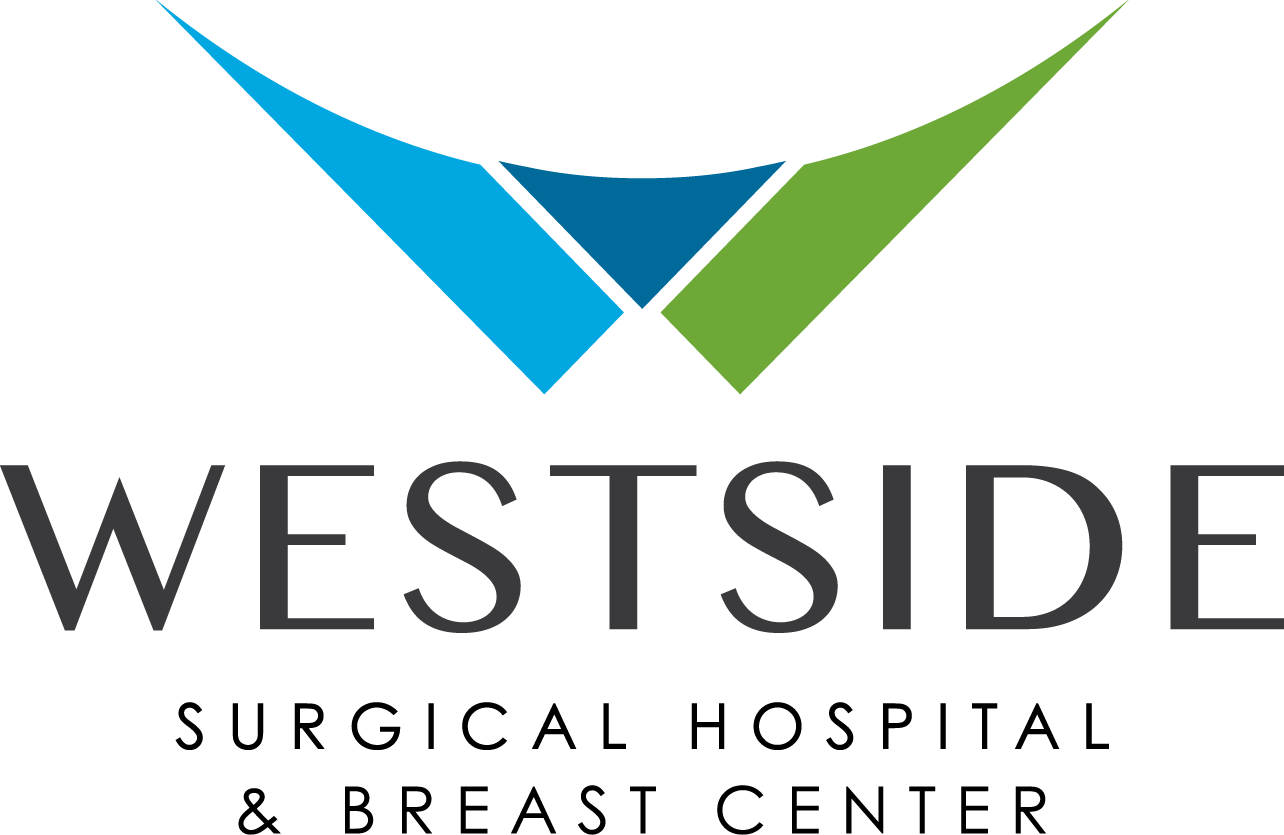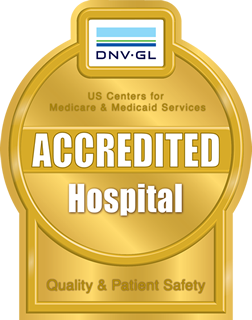Risk Factors for Breast Cancer
The Breast & Breast Cancer
The Breast
The breast includes glands, ducts and tissue inside the skin. The female breast is made up mainly of lobules (milk-producing glands), ducts (tubes that carry the milk from the lobules to the nipple), and stroma (fatty and connective tissue surrounding the ducts and lobules).
Breast cancer affects cells within the breast. Most breast cancers are ductal, beginning in the cells within the ducts. Some begin in the cells that line the lobules, and a few start in other tissues.
What is Breast Cancer?
Breast cancer is a disease. It is a malignant tumor that starts in the cells of the breast. A malignant tumor is a group of cancer cells that can grow into (invade) surrounding tissues or spread (metastasize) to various areas of the body. The disease occurs almost entirely in women, but men can also get it.
The Lymph (lymphatic) System of the Breast
The body’s lymph system is one way breast cancers can spread. Lymph nodes are small, pod-shaped collections of immune-system cells that are connected by lymphatic vessels. Lymphatic vessels carry a clear fluid called lymph away from the breast. Lymph contains fluid and waste products, as well as immune system cells. Breast cancer cells can enter lymphatic vessels and begin to grow in lymph nodes.
Most lymphatic vessels in the breast connect to lymph nodes under the arm. Some lymphatic vessels connect to lymph nodes inside the chest and above or below the collarbone.
Risk Factors for Breast Cancer
A risk factor is anything that affects your chance of getting a disease, such as cancer. Different cancers have different risk factors. Having a risk factor, or even several, does not mean that you will get the disease. Risk factors for breast cancer include the following:
- age
- age at the start of menstruation
- age at first live birth
- number of first-degree relatives (mother, sisters, daughters) with breast cancer
- number of previous breast biopsies (whether positive or negative)
- at least one breast biopsy with atypical hyperplasia
Breast cancer may also be caused by inherited gene mutations. The risk of developing breast or other type of cancer is greatly increased if the harmful BRCA1 or BRCA2 gene mutation is present. Hereditary breast cancers account for approximately 5% to 10% of all breast cancers.
Inherited Risk Factors
The following factors increase your risk of breast cancer :
Gender
Being a woman is the primary risk factor.
Age
Your risk of developing breast cancer increases as you get older.
Genetic Risk Factors
About five to 10% of breast cancer cases are considered hereditary or inherited from a parent.
BRCA1 and BRCA2
Inheriting a mutation in the BRCA1 and BRCA2 genes increases your risk of breast cancer. Breast cancers linked to these mutations occur more often in younger women and more often affect both breasts. Women with these inherited mutations also have an increased risk for developing other cancers.
In the U.S., BRCA mutations are more common in Jewish people of Eastern European origin than in other racial and ethnic groups, but they can occur in anyone.
Certain other gene mutations can also lead to inherited breast cancers. These gene mutations are much rarer and often do not increase the risk of breast cancer significantly. The following genes, if mutated, may cause a higher rate of breast cancer :
- ATM
- TP53
- CHEK2
- PTEN
- CDH1
- STK11
Genetic tests can be done to look for mutations in the BRCA1 and BRCA2 genes (or some other genes linked to breast cancer risk). Although testing may be helpful in some situations, the pros and cons need to be considered carefully.
Family History of Breast Cancer
Breast cancer risk is higher among women whose close blood relatives have this disease. However, more than 85% women who get breast cancer do not have a family history of this disease.
Personal History of Breast Cancer
A woman with cancer in one breast has a three- to four-fold increased risk of developing a new cancer in the other breast or in another part of the same breast.
Race and Ethnicity
White women are slightly more likely to develop breast cancer than are African-American women. However, breast cancer is more common in African-American women under 45 years of age. Asian, Hispanic, and Native-American women have a lower risk of developing breast cancer.
Dense Breast Tissue
Women with dense breast tissue have more glandular and fibrous tissue and less fatty tissue in their breasts and have a higher risk of breast cancer than women with less dense breast tissue.
Benign Breast Conditions
Women diagnosed with certain benign breast conditions might have an increased risk of breast cancer. These conditions include:
- Proliferative lesions without atypia
- Proliferative lesions with atypia
- Women with a family history of breast cancer and either hyperplasia or atypical hyperplasia have a higher risk of developing breast cancer.
Lobular Carcinoma in Situ (LCIS)
Women with LCIS have a greatly increased risk of developing cancer in either breast.
Menstrual Periods
Women who have had more menstrual cycles and/or went through menopause later have a slightly higher risk of breast cancer.
Previous Chest Radiation
Women who had radiation therapy to the chest as treatment for another cancer have a significantly increased risk for breast cancer.
Lifestyle Factors
Having Children
Women who have had no children or who had their first child after age 30 have a slightly higher breast cancer risk. Having many pregnancies and becoming pregnant at a young age reduce breast cancer risk.
Birth Control
Women using oral contraceptives (birth control pills) have a slightly greater risk of breast cancer than women who have never used them.
Hormone Therapy after Menopause
Hormone therapy with estrogen (often combined with progesterone) has been used for many years to help relieve symptoms of menopause. Combined estrogen/progesterone therapy (HT) and estrogen therapy (ERT or ET) are most frequently prescribed. Studies have shown that using combined hormone therapy (HT) after menopause increases the risk of getting breast cancer. Using estrogen alone after menopause does not appear to increase the risk of developing breast cancer.
Breastfeeding
Breastfeeding may slightly lower breast cancer risk.
Drinking Alcohol
The use of alcohol is clearly linked to an increased risk of developing breast cancer.
Being Overweight or Obese
Being overweight after menopause increases breast cancer risk.
Physical Activity
Physical activity in the form of exercise reduces breast cancer risk.
Unclear Factors
The following areas are being studied as links to breast cancer risk, but none have been definitively linked.
- Diet and vitamin intake
- Chemicals in the environment
- Tobacco smoke
- Night work
Controversial Factors
Factors ranging from using antiperspirants and wearing bras to breast implants and induced abortions have not been definitely linked to breast cancer.
Reducing your Risk Factors
Staying at a healthy weight, being physically active and limiting how much alcohol you drink can help reduce your risk of breast cancer. Regular screening can often find breast cancer early when treatments are more likely to be successful.

